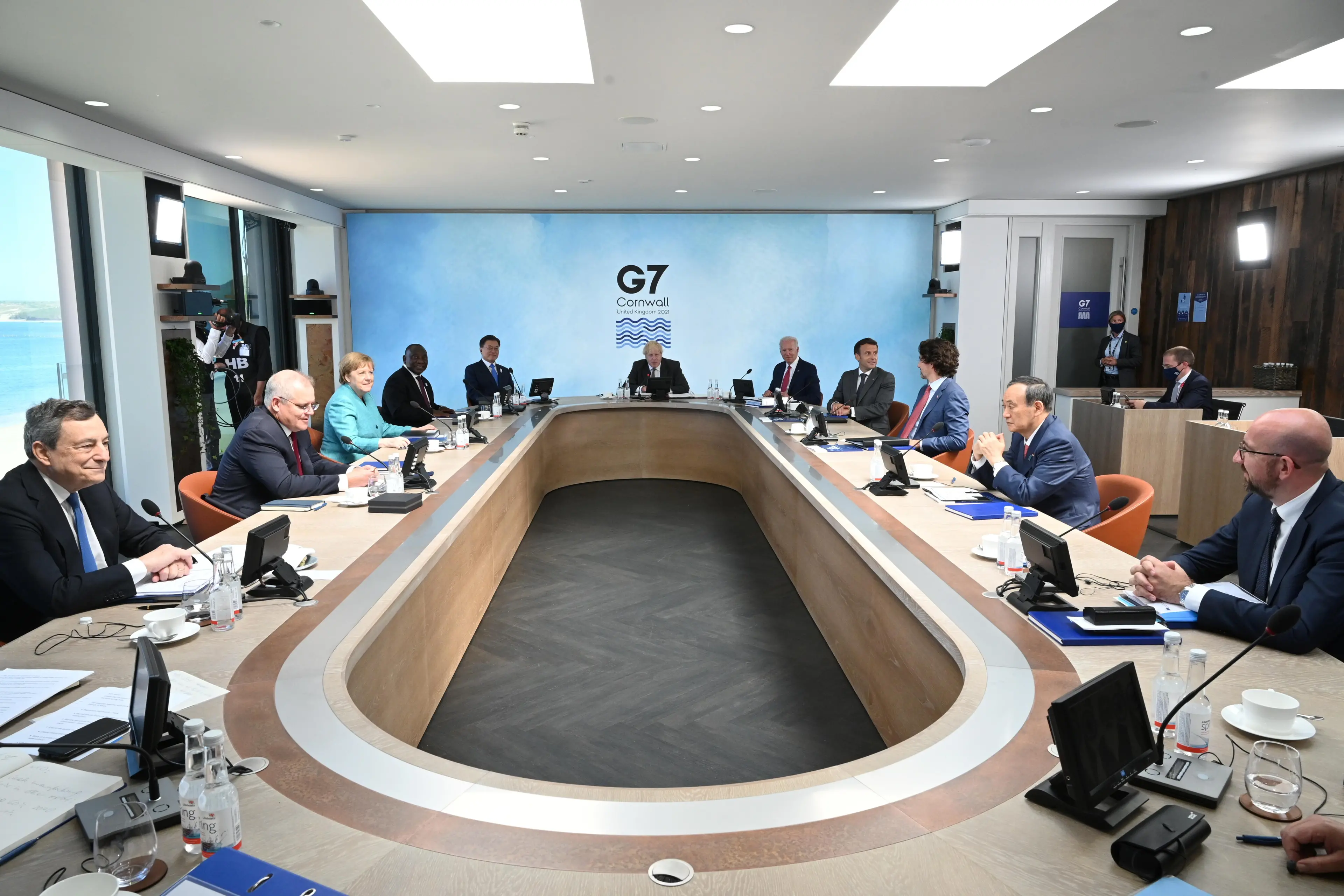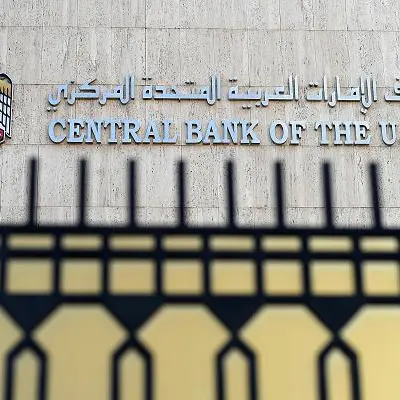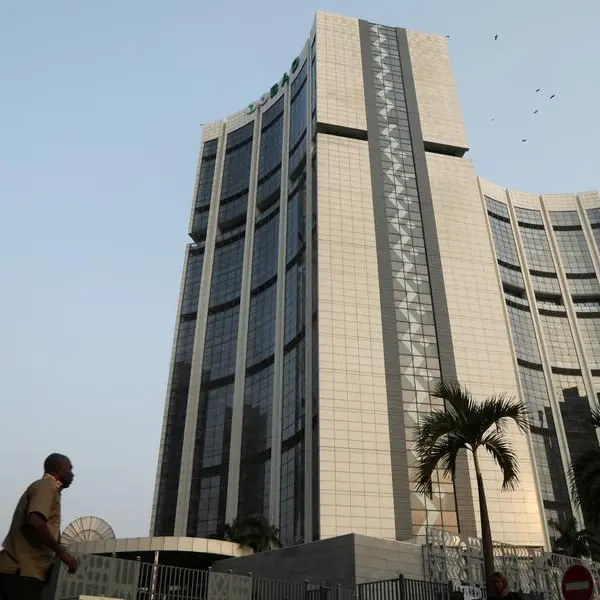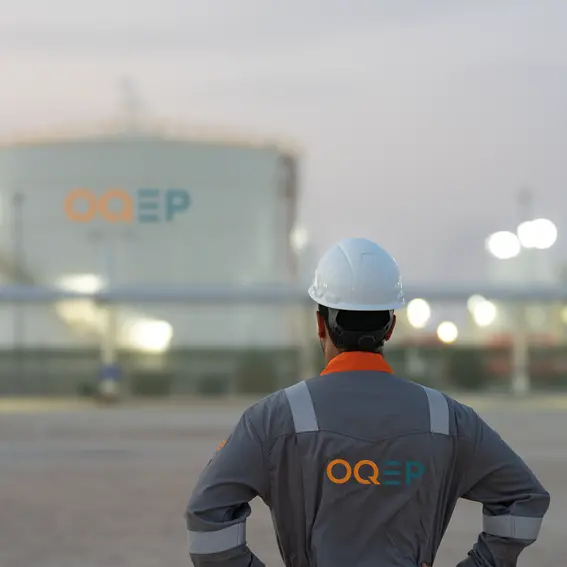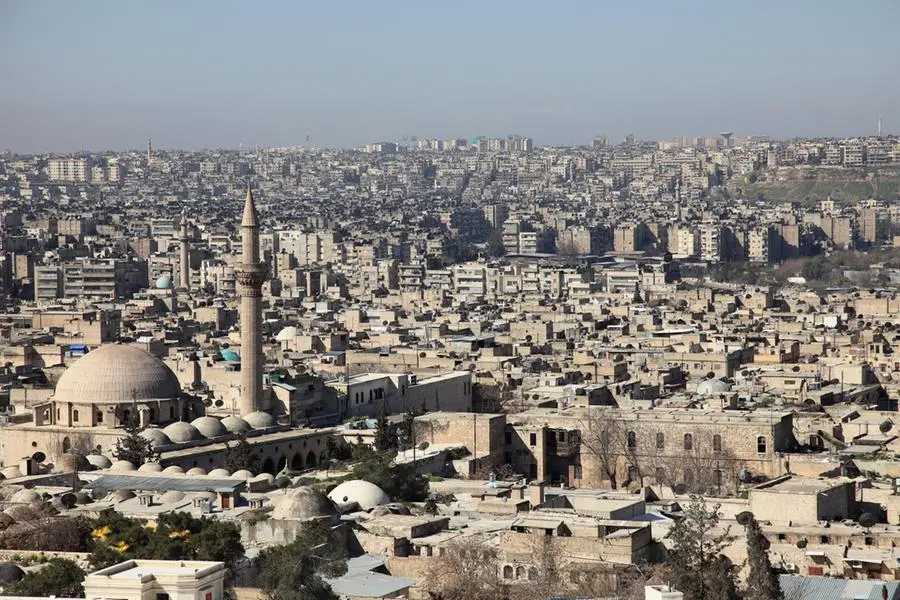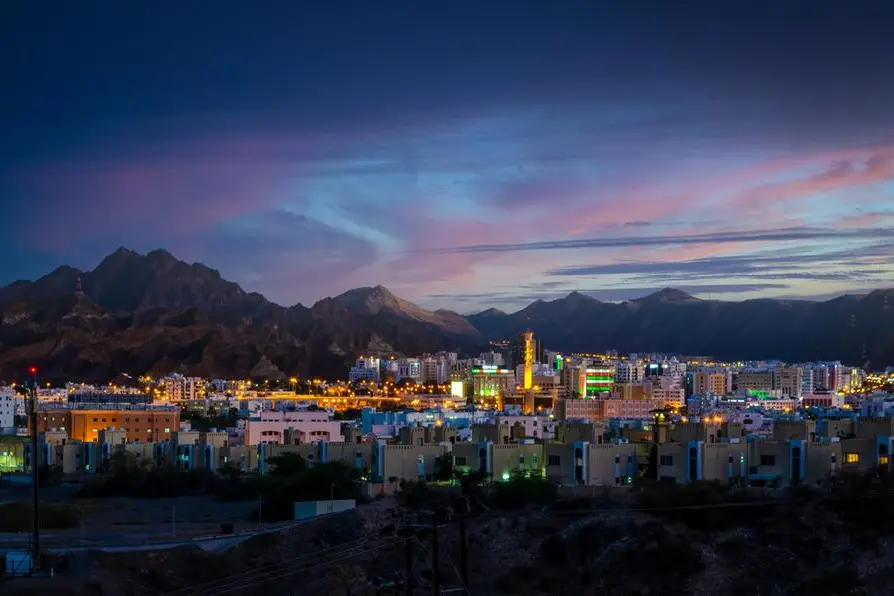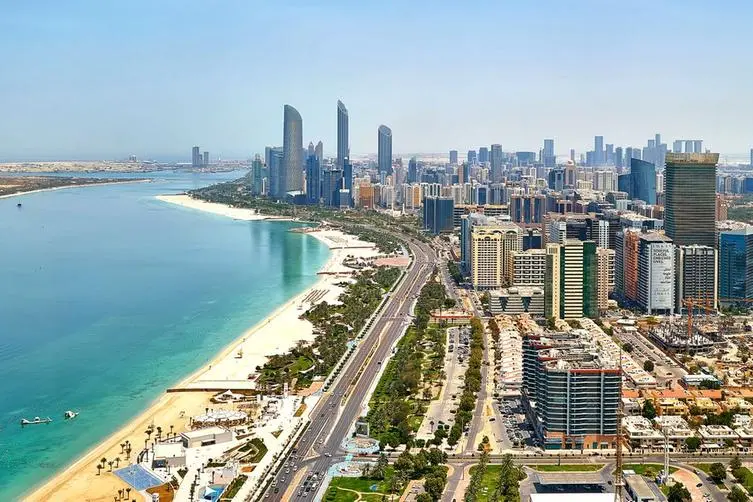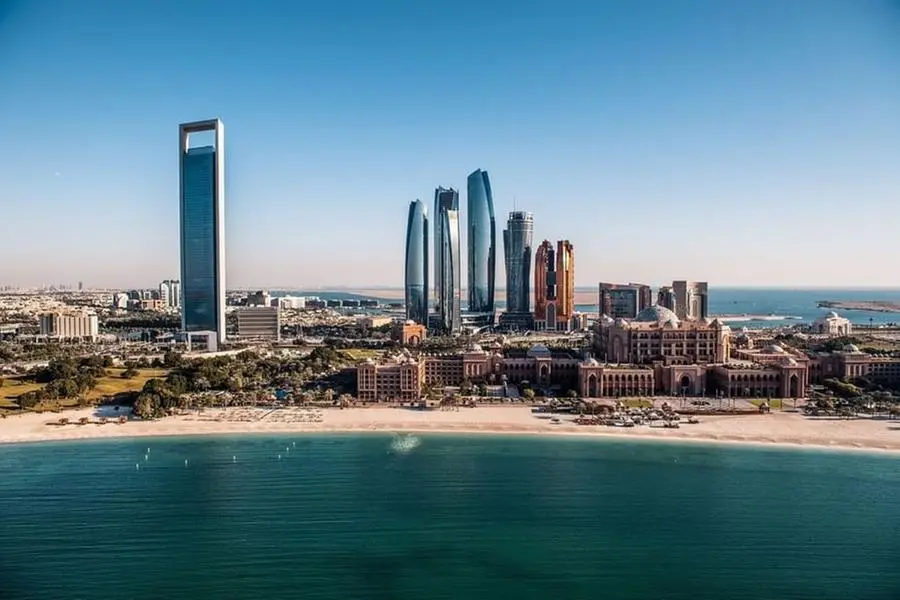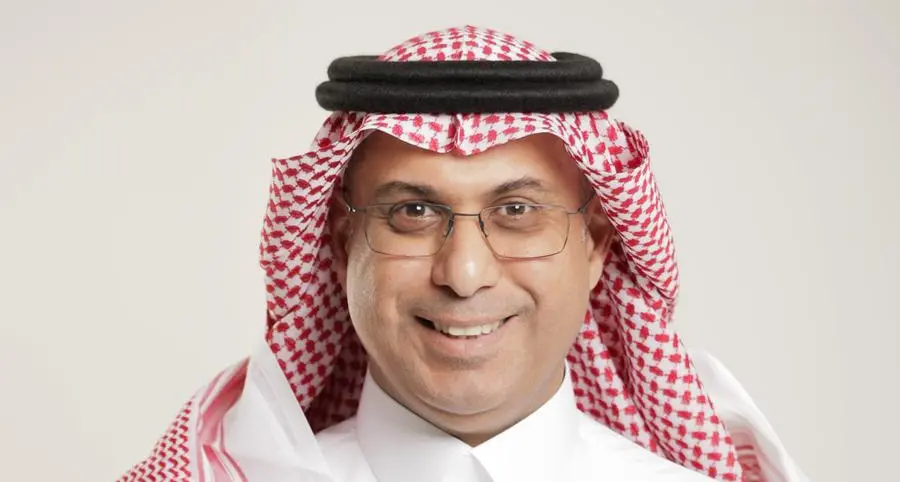PHOTO
Announced in June this year, following the G7 Summit in the UK, and led by US President Joe Biden, the Build Back Better World (B3W) plan aims to make sustainable infrastructure financing accessible to low and middle-income countries across the globe.
A White House briefing paper on the scheme stated that it is a “values-driven, high-standard, and transparent infrastructure partnership led by major democracies to help narrow the $40+ trillion infrastructure need in the developing world, which has been exacerbated by the COVID-19 pandemic”.
G7 and other like-minded partners will “coordinate in mobilising private-sector capital in four areas of focus: climate, health and health security, digital technology, and gender equity and equality, with catalytic investments from our respective development finance institutions.”
However, B3W also forms a direct challenge to Belt and Road Initiative (BRI), launched in 2013 by Chinese Premier Xi Jinping and currently racking up almost $2 trillion in global infrastructure projects – most of it state funded.
The smaller $100 billion B3W has presented itself as an alternative to BRI in the areas of environmental concerns, worker rights, debt trap and local value addition.
However, the B3W differs from BRI in one vital aspect – it wants the private sector to fund it.
COMPETING WITH CHINA
There is a consensus that more detail on the finances is required before Biden and his allies stand any chance of bringing the private sector on board. This could prove to be a major stumbling block for B3W, given that China is willing to direct government and central bank funds into its flagship Belt and Road policy.
José Morán, Global Chair, Energy, Mining & Infrastructure Practice Group, Baker McKenzie, said the main catalyst for the launch of B3W initiative is competition with China, which the White House described as ‘strategic’.
“The B3W initiative is intended to reflect the ‘shared values’ of G7 countries: transparency, good governance, and labour and environmental standards,” he noted,
B3W is all about protecting existing markets, according to Andre Wheeler, chief executive, Asia Pacific Connex.
He elaborated: “The US, in collaboration with the G7 countries, is attempting to use the B3W initiative to curtail China’s expansion into Europe. It has grown out of the Trump Era BUILD Program and the Blue Dot Network. It is an attempt to bring structure to what infrastructure should be funded.”
José Morán said the B3W plan’s emphasis on ‘greening’ of projects and good governance – while worthwhile – may not be enough to ensure its success.
“The US and all other G7 countries have been focusing a lot recently on the issues around sustainability. However, a number of commentators queried whether developing economies could actually afford the steps required to be taken to achieve the global sustainability goals.”
CAPITAL CONUNDRUM
Bee Chun Boo, Chair, Energy, Mining & Infrastructure Practice Group in Asia Pacific for Baker McKenzie pointed out that what has been announced so far “does not give us much insight into how exactly the plan would work or how much capital it would ultimately allocate. It is unclear what the funding model of B3W projects will be.”
“It is unclear how the world will react to B3W. If capital materializes pursuant to the B3W initiative, we expect there will be considerable demand for it to finance projects that are consistent with B3W’s objectives.”
Chris Devonshire-Ellis, founder of Dezan Shira & Associates and Chairman of the firm’s International Board of Equity Partners & Directors underlined that the US government itself doesn't want to be seen to be funding any of B3W.
“Although it claims to be farther reaching and to include poorer and 'like-minded' nations, it also states that projects will not be state-funded, and financing must come from the private sector. It is hard to see how the US private sector can be motivated to provide infrastructure finance overseas for countries that either cannot afford it or whose investment will only yield a long-term return.”
“In this aspect, it is completely different to the BRI. China does provide state funding and does not make political considerations over the countries it has financed as concerns BRI projects,” he explained.
PRIVATE FINANCING
Daine Loh, an analyst in Infrastructure and Power & Renewables at Fitch Solutions, said B3W’s private financing model could leave it at a severe disadvantage to BRI.
“The fact that they are still reliant on the private sector being mobilised will inherently mean greater due diligence, stricter risk-management and, ultimately, cost. In emerging markets where there are long gestation periods and significant risks, any private investors will also expect a higher return, which will make projects more expensive and at times even un-bankable.”
Devonshire-Ellis added: “The private sector needs return on investment and are answerable to their shareholders, with stocks measured in the US on quarterly and annual basis. It is hard to see where long-term ROI projects fit in with the US corporate profit mentality.”
Wheeler agreed that the emphasis on private capital could make B3W a less attractive funding model for recipients as private capital would require short-term payback periods as opposed to the BRI that has a 15-to-25-year return envelope.
“Another weakness of the B3W is access to foreign reserves as Covid-19 has severely impacted debt and economic activity levels within the G7. On the other hand, China’s foreign currency reserves have grown by 35.7 percent to $1trillion.”
Loh said: “We believe that the B3W will not be able to compete on the BRI’s scale. Another challenge is that the US/West in general doesn’t really have the institutional mechanisms necessary to roll out large-scale capital loans at present, especially given the fact that the US is largely a capital-importing nation.
Devonshire-Ellis was also emphatic that B3W, in its current form, will not rival the BRI due to its financing ambiguities.
“The B3W appears to match, in some regards, previous plans to reconstruct US infrastructure, yet without having reached conclusions over funding. Until there is greater clarity over how the B3W can be financed, by whom, where, and when, it is hard to see any details.”
INCENTIVES
Wheeler pointed out that the US and allies would need to make B3W investments attractive through tax incentives that change the short-term return envelope required by private capital to make it commercially more comfortable to have a 20-year return envelope.
Devonshire-Ellis concurred that unless some form of direct financial motivation can be provided in the form of tax cuts or other tax waivers in return for participation, there will be very little appetite for the programme in the private sector.
“The governments concerned need to show they are committed and will finance this from their own national reserves, possibly adopting REIT type schemes where projects are financed, then packaged up as specific assets and re-sold back onto the private sector via listing on stock exchanges and recouping and making capital from the original project capital investment. They also need to incentivise the private sector in order to access those funds and that will mean some form of tax credits or cuts for participating businesses.”
Wheeler said that participating countries could be compelled to make a choice, particularly with regard to areas in which there is overlap in infrastructure and trade.
“Personally, I see the global market splitting in two spheres, and most will have to work with duplicate trade systems, if they want to trade with China and the USA/EU.”
Loh said: “Markets will likely have to increasingly choose which partner they work with but may ultimately go for the one with more favourable financing terms, which is a key advantage that the BRI still has at present. Additionally, the B3W initiative will be ‘aimed at like-minded countries’, likely meaning democratic states, and this might already exclude certain markets that the BRI currently has quite a strong presence in.
Bee Chun pointed that given the lack of detail on B3W, whether the world will get divided between takers of B3W capital and takers of BRI capital remains an ‘unknown.’
“It may be that some countries will avail themselves of both sources of capital for different projects. It is also possible that B3W and BRI may compete to finance certain projects, which may lead to better terms for borrower nations.”
Morán added: “There is certainly a degree of competition. However, given the astronomic infrastructure funding gap (that has been exacerbated by the pandemic) this is good news for low and middle-income countries. From the perspective of the countries that are to benefit from B3W and BRI, it is great to have alternatives and an abundance of funding.”
Bee Chun said the BRI has had a head start on B3W, and if the G7 wants B3W to compete with BRI, it will need to implement B3W quickly.
“The G7 countries need to take tangible steps to implement B3W. It will be necessary to provide clear funding commitments, detail on the funding model, and the ways that public money will be used to leverage private capital and detail on the ways that existing development finance capability will be enhanced,” he concluded.
(Writing by SA Kader; Editing by Charles Lavery and Anoop Menon)
Disclaimer: This article is provided for informational purposes only. The content does not provide tax, legal or investment advice or opinion regarding the suitability, value or profitability of any particular security, portfolio or investment strategy. Read our full disclaimer policy here.
© ZAWYA 2021